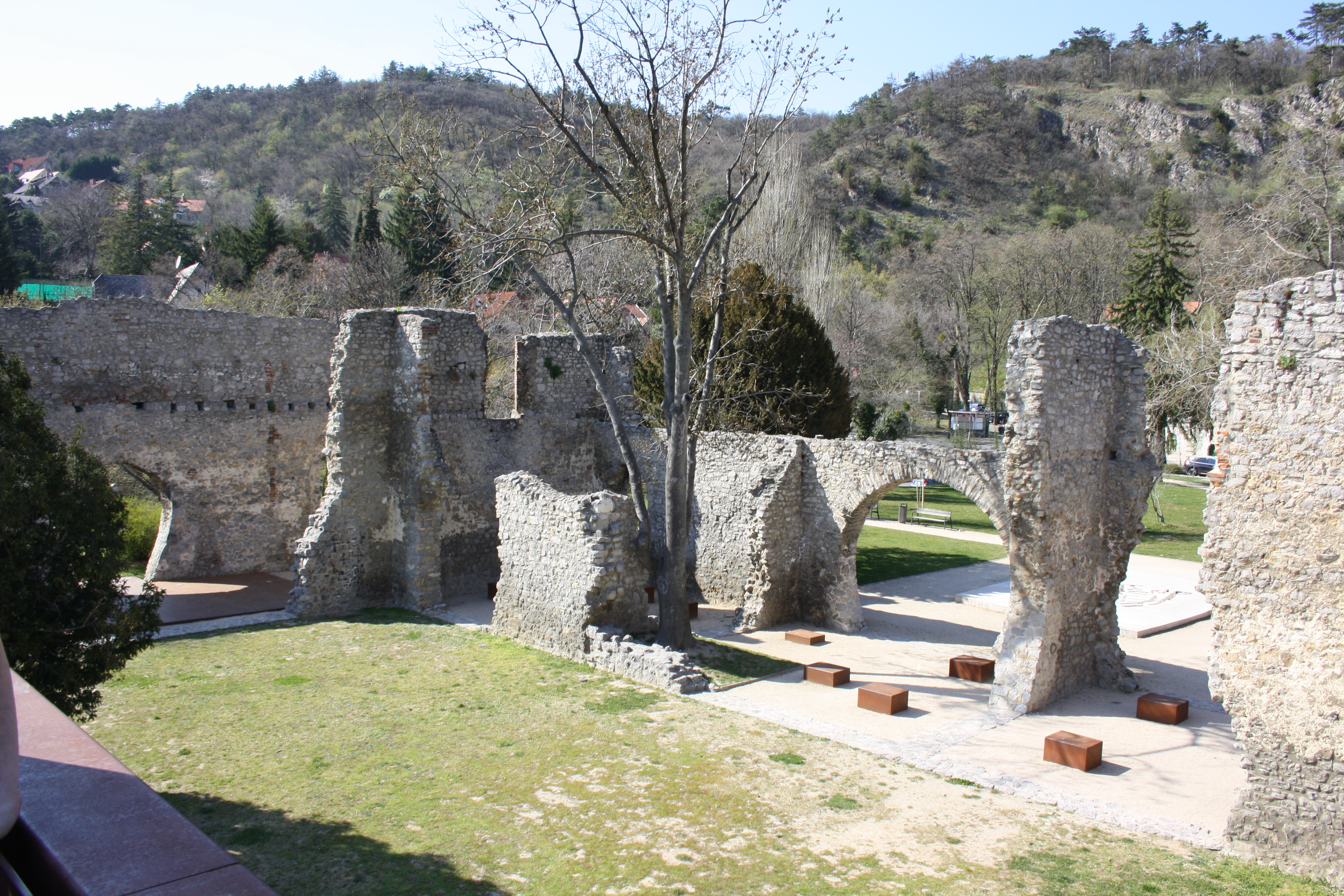Diszparitási térkép számítása
Folytassuk az előző példát a diszparitási térkép számításával. Kiindulhatunk rektifikált vagy sztereó kamerával készített képekből is. A teljesség és a követhetőség miatt a korábbi lépések is szerepelnek a forráskódban.
A diszparitás térkép számításához az OpenCV-ben használhatjuk a StereoBM vagy a StereoSGBM osztályokat. Ezek compute() függvényével lehet a rektifikált képekből számítani a diszparitás térképet.
Itt is az alábbi képeket használtuk:


import cv2
import numpy as np
from matplotlib import pyplot as plt
def drawlines(img1,img2,lines,pts1,pts2):
''' img1 - image on which we draw the epilines for the points in img2
lines - corresponding epilines '''
r,c = img1.shape[:2]
img1 = cv2.cvtColor(img1,cv2.COLOR_GRAY2BGR)
img2 = cv2.cvtColor(img2,cv2.COLOR_GRAY2BGR)
for r,pt1,pt2 in zip(lines,pts1,pts2):
color = tuple(np.random.randint(0,255,3).tolist())
x0,y0 = map(int, [0, -r[2]/r[1] ])
x1,y1 = map(int, [c, -(r[2]+r[0]*c)/r[1] ])
img1 = cv2.line(img1, (x0,y0), (x1,y1), color,1)
img1 = cv2.circle(img1,tuple(pt1),5,color,-1)
img2 = cv2.circle(img2,tuple(pt2),5,color,-1)
return img1,img2
SOURCE_IMAGE1='../pecs3.jpg'
SOURCE_IMAGE2='../pecs4.jpg'
## képek beolvasása
img1 = cv2.imread(SOURCE_IMAGE1);
img2 = cv2.imread(SOURCE_IMAGE2);
img1 = cv2.resize(img1, (0,0), fx=0.5, fy=0.5)
img2 = cv2.resize(img2, (0,0), fx=0.5, fy=0.5)
## a képet szürkeárnyalatossá konvertáljuk
gray_img1 = cv2.cvtColor(img1, cv2.COLOR_BGR2GRAY)
gray_img2 = cv2.cvtColor(img2, cv2.COLOR_BGR2GRAY)
## jellemzőpontok detektálása
surf = cv2.xfeatures2d.SURF_create()
keypoints1 = surf.detect(gray_img1, None)
keypoints2 = surf.detect(gray_img2, None)
## kulcspont leírók számítása
keypoints1, descriptors1 = surf.compute(gray_img1, keypoints1)
keypoints2, descriptors2 = surf.compute(gray_img2, keypoints2)
## pontpárok keresése
# FLANN parameterek
FLANN_INDEX_KDTREE = 0
index_params = dict(algorithm = FLANN_INDEX_KDTREE, trees = 5)
search_params = dict(checks=50) # or pass empty dictionary
flann = cv2.FlannBasedMatcher(index_params,search_params)
matches = flann.knnMatch(descriptors1,descriptors2,k=2) ## ez kNN-alapú,
## minden pontnak két lehetséges párja lehet
# csak a jó párosításokat tároljuk el, amelyek átmentek a Lowe-teszten
good = []
for m,n in matches:
if m.distance < 0.7*n.distance:
good.append(m)
points1 = []
points2 = []
for m in good:
points1.append(keypoints1[m.queryIdx].pt)
points2.append(keypoints2[m.trainIdx].pt)
points1, points2 = np.float32((points1, points2))
draw_params = dict(matchColor = (0,255,0),
singlePointColor = (255,0,0),
# matchesMask = matchesMask,
flags = 0)
matching_img = cv2.drawMatchesKnn(img1,keypoints1,img2,keypoints2,matches[:20],None)
cv2.imwrite("matching_image.png", matching_img)
## A fundamentális mátrix meghatározása
F, F_mask = cv2.findFundamentalMat(points1, points2, cv2.FM_8POINT)
print("A fundamentális mátrix:")
print(F)
## Az epipoláris egyenesek meghatározása
lines1 = cv2.computeCorrespondEpilines(points2.reshape(-1,1,2), 2,F)
lines1 = lines1.reshape(-1,3)
epilines1,img6 = drawlines(gray_img1,gray_img2,lines1,points1,points2)
cv2.imwrite('lines1.png', epilines1)
lines2 = cv2.computeCorrespondEpilines(points1.reshape(-1,1,2), 1,F)
lines2 = lines2.reshape(-1,3)
epilines2,img6 = drawlines(gray_img2,gray_img1,lines2,points2,points1)
cv2.imwrite('lines2.png', epilines2)
## rektifikáció
img_size = (gray_img1.shape[1],gray_img1.shape[0])
retval, H1, H2 = cv2.stereoRectifyUncalibrated(points1, points2, F, img_size)
rectifiedEpilines1 = cv2.warpPerspective(epilines1, H1, img_size)
rectifiedEpilines2 = cv2.warpPerspective(epilines2, H2, img_size)
rectifiedgray1 = cv2.warpPerspective(gray_img1, H1, img_size)
rectifiedgray2 = cv2.warpPerspective(gray_img2, H2, img_size)
cv2.imwrite('rectifiedgray1.png',rectifiedgray1)
cv2.imwrite('rectifiedgray2.png',rectifiedgray2)
cv2.imwrite('rectifiedEpilines1.png',rectifiedEpilines1)
cv2.imwrite('rectifiedEpilines2.png',rectifiedEpilines2)
## diszparitás térkép előállítása
rectified_gray1 = cv2.warpPerspective(gray_img1, H1, img_size)
rectified_gray2 = cv2.warpPerspective(gray_img2, H2, img_size)
stereo = cv2.StereoSGBM_create()
disparity = stereo.compute(rectified_gray1,rectified_gray2)
plt.imshow(disparity, 'gray')
plt.show()
cv2.imwrite("disparity_map.png", disparity)